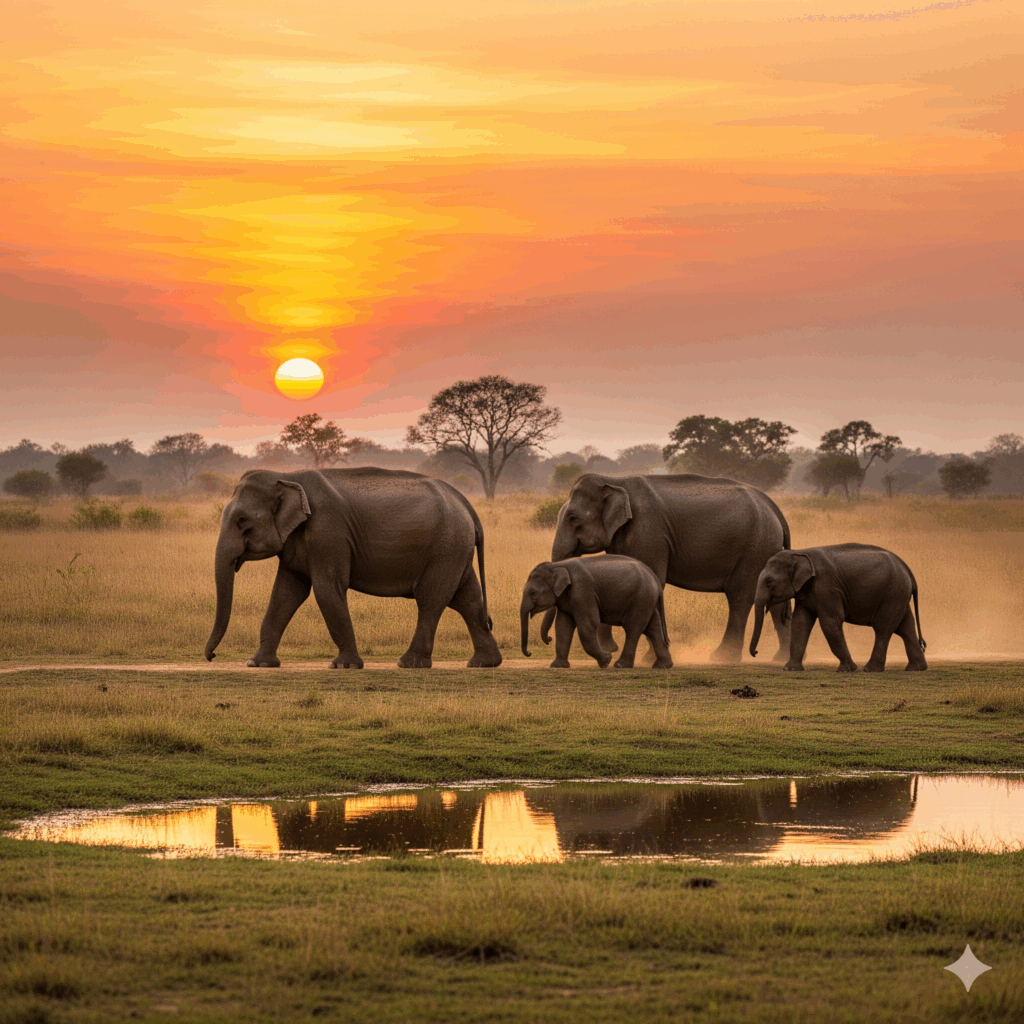
Looking for the perfect Yala National Park safari in Sri Lanka? This all-in-one guide covers everything you need: the best time to visit, what you’ll see, how to choose between a 3-hour, half-day, or full-day tour, what to pack, park etiquette, and exactly how to book. It’s designed for first-timers and repeat visitors alike—photographers, families, solo travelers, and wildlife lovers. Scroll for transparent pricing, detailed itineraries, and an extensive FAQ section optimized for Google rich results.
Quick booking: +94 76 365 5550 (Call/WhatsApp)
Why Visit Yala National Park?
Yala National Park is Sri Lanka’s most celebrated wildlife reserve, widely known for its high leopard density and dramatic coastal-meets-savanna scenery. Spanning scrub forests, lagoons, rocky monoliths, and dunes, Yala delivers that classic safari atmosphere with a uniquely Sri Lankan twist. Whether your dream is to spot leopards lounging on granite outcrops, watch elephants at seasonal waterholes, or photograph hornbills and bee-eaters in golden light, Yala delivers the goods.
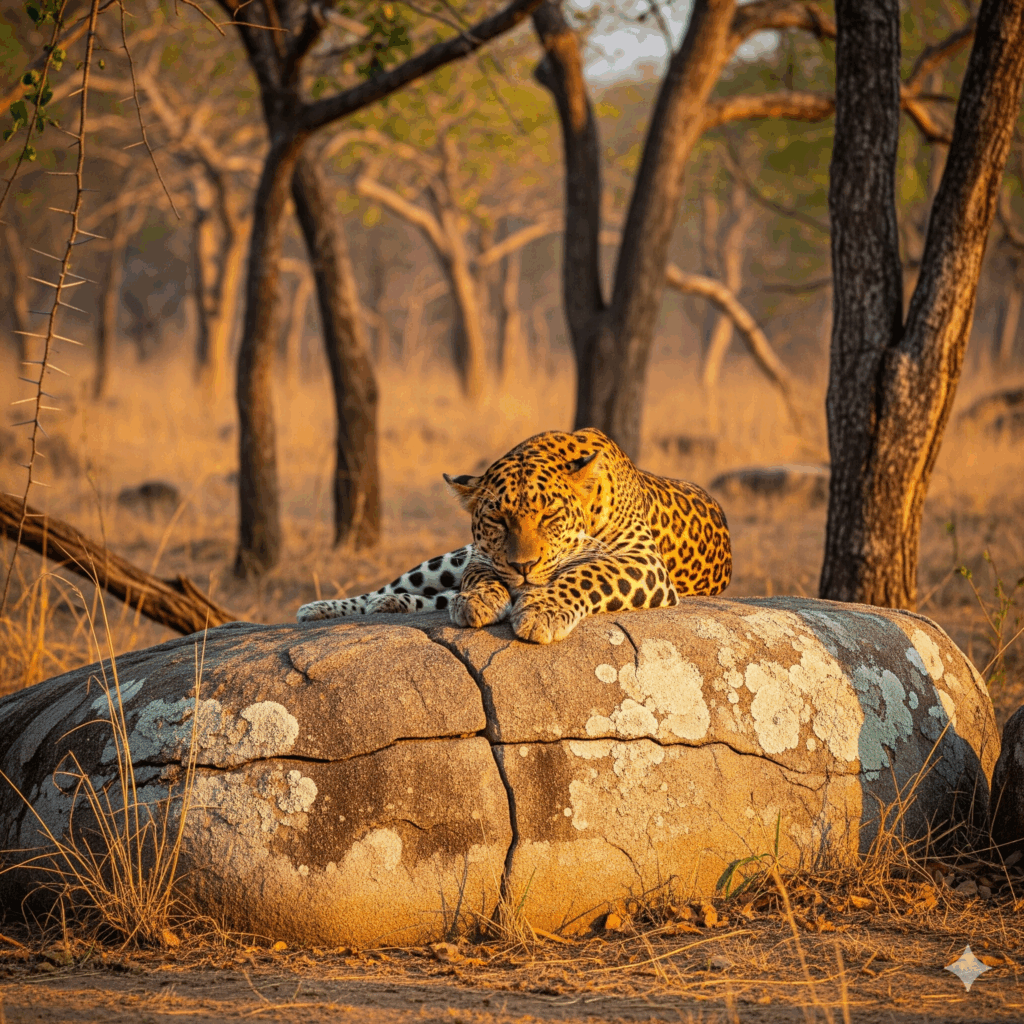
Top Reasons to Go
- Leopard encounters: Among the best places in Asia to see leopards in the wild.
- Diverse wildlife: Elephants, sloth bears, mugger crocodiles, jackals, buffalo, deer, mongooses, and more.
- Birding paradise: 200+ species recorded, including raptors, shorebirds, and colorful endemics.
- Scenic variety: Mix of dry forests, wetlands, lagoons, and oceanfront views—great for photography.
- Flexible safaris: Choose from 3-hour, half-day, or full-day tours to match your schedule and budget.
Ready to go? Reserve your preferred timeslot now and travel on your dates.
📞 +94 76 365 5550 (Call/WhatsApp)
Yala Safari Packages & Prices
Transparent, traveler-friendly rates. Seats are limited during peak months—book early.
| Safari Type | Duration | Best For | Price |
|---|---|---|---|
| 3-Hour Safari | Morning or Evening | Short stays, families, quick highlights | $50 |
| Half-Day Safari | ≈ 5 hours | Balanced time vs. sightings, photographers | $60 |
| Full-Day Safari | ≈ 10 hours | Comprehensive exploration, wildlife lovers | $85 |
Note: Park entry fees and taxes may vary by nationality and season. Group/private upgrades and hotel pickups can be arranged on request.
Fast booking: +94 76 365 5550
Which Safari Is Right for You?
3-Hour Safari – Quick & Exciting
Ideal if you’re short on time. You’ll focus on high-probability routes near waterholes and open areas where wildlife is often active at dawn or dusk. While leopard sightings are possible, think of this as a highlight reel—perfect for families or travelers en route to the south coast.
Half-Day Safari – Best of Both Worlds
Adds depth and range. With ~5 hours, you can push beyond the most trafficked tracks, pause longer at sightings, and explore secondary lagoons favored by elephants, crocodiles, and waders. This is the sweet spot for many travelers balancing time, budget, and photo goals.
Full-Day Safari – The Ultimate Experience
Maximum flexibility for big cats and rare behaviors. Full-day safaris witness changes in animal activity from sunrise to late afternoon and allow time to reach distant sectors with fewer vehicles. You’ll enjoy extended picnic breaks and multiple prime windows for leopard, raptor, and sloth bear encounters.
💡 Pro tip: If you have 1.5–2 days, pair a half-day + 3-hour session across morning/evening to cover different behaviors and lighting.
📞 Book advice & custom combos: +94 76 365 5550
Best Time to Visit Yala
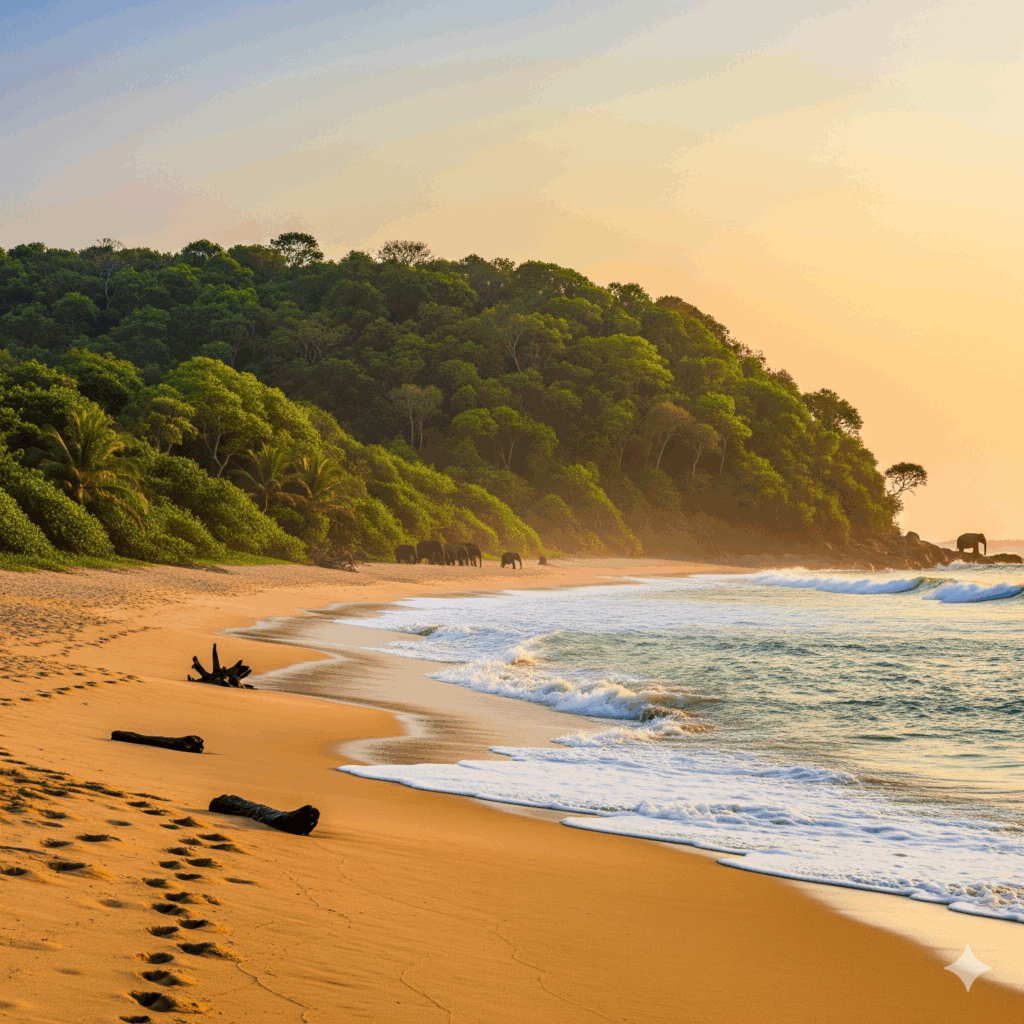
Yala is open most of the year, with seasonal patterns shaping what you’ll see. Dry months often concentrate wildlife near water sources; shoulder seasons bring vivid greenery and superb birding.
- February – July (Dry): Excellent for elephants and predators at waterholes. Dusty tracks, clear sight lines, strong backlighting at dawn.
- August – September (Transitional): Warmer, with opportunistic sightings. Fewer crowds than peak months.
- October – December (Wet/Green): Lush scenery, dramatic skies, thriving birdlife. Some tracks can be muddy; sightings skew toward aquatic areas.
- January (Mixed): Weather stabilizes, great for balanced sightings and comfortable temperatures.
Time of day: Wildlife peaks around sunrise and late afternoon. Midday can still surprise you—especially near shaded pools and river crossings.
Wildlife Highlights
Expect diversity. While leopards headline the show, the supporting cast is remarkable. Here’s what many visitors hope to see:
Big Cats & Iconic Mammals
- Leopards – Often seen at dawn/dusk on rocky outcrops or patrolling tracks.
- Asian Elephants – Solitary bulls and small herds frequent grasslands and lagoons.
- Sloth Bears – In season, watch for them raiding termite mounds or foraging for fruit.
- Spotted Deer & Sambar – Frequent prey species; look for alarm calls to locate predators.
- Water Buffalo & Wild Boar – Common in open areas and wetlands.
Reptiles & Aquatic Life
- Mugger Crocodiles – Basking on banks; eye-level photographs from safe distances.
- Monitor Lizards – Wading and scavenging near lagoons.
Birdwatching
- Raptors: Crested serpent eagles, white-bellied sea eagles, and hawk-eagles.
- Wetland species: Painted storks, pelicans, herons, egrets, ibises, and kingfishers.
- Forest & scrub birds: Malabar pied hornbills, bee-eaters, drongos, barbets, parakeets.
- Seasonal migrants: Waders, terns, and shorebirds along lagoons and coastal flats.
Park Zones & Routes
Yala is divided into multiple zones that open and close seasonally for habitat protection. Safari routes are chosen daily by professional drivers based on current conditions, track quality, and real-time wildlife reports. This adaptive approach improves your chances of quality sightings while reducing congestion at any single spot.
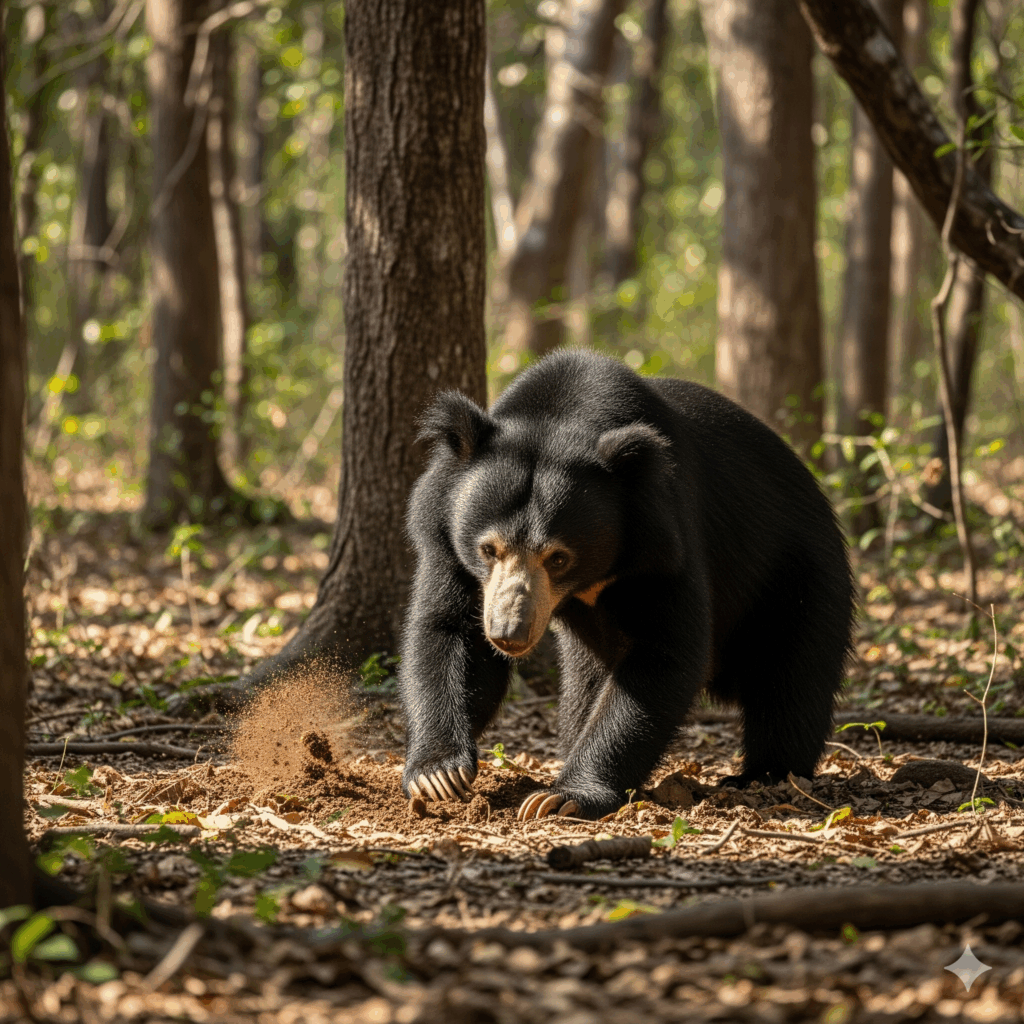
What the Safari Experience Is Like
Vehicles & Guides
Safaris are conducted in open-sided 4×4 jeeps with forward-facing seats and elevated views. Licensed drivers coordinate with each other via designated channels to share updates and avoid bottlenecks. Experienced naturalists interpret behaviors, read tracks, and help position the jeep for respectful, unobtrusive observation.
Rhythm of the Day
Expect an early start for gate queues and sunrise tracks. Mornings tend to be active with predators casing wetlands and herbivores grazing. Late afternoons offer soft light and a second wind of movement as temperatures ease. Full-day tours enjoy a relaxed midday picnic at designated rest areas before resuming the afternoon circuit.
Comfort & Amenities
- Padded seats, handrails, and open views for photography.
- Cooler with bottled water (longer tours may include light snacks).
- Pre-arranged restroom breaks at approved facilities.
Sample Itineraries
3-Hour Safari (Sunrise or Sunset)
- 05:00 – 05:30: Hotel pickup (area-dependent), paperwork, and gate lineup.
- 06:00 – 07:30: Prime-time tracking around waterholes and open scrub.
- 07:30 – 08:30: Secondary loop or lagoon circuit; birds, crocs, elephants.
- Wrap-up at the gate; optional drop-off.
Half-Day Safari (≈5 Hours)
- Early gate entry to maximize low-light sightings.
- Mixed habitats: scrub, rocky outcrops, and wetlands.
- Unhurried photo stops; patient observation at likely crossings.
- Light refreshments; exit late morning or continue afternoon session.
Full-Day Safari (≈10 Hours)
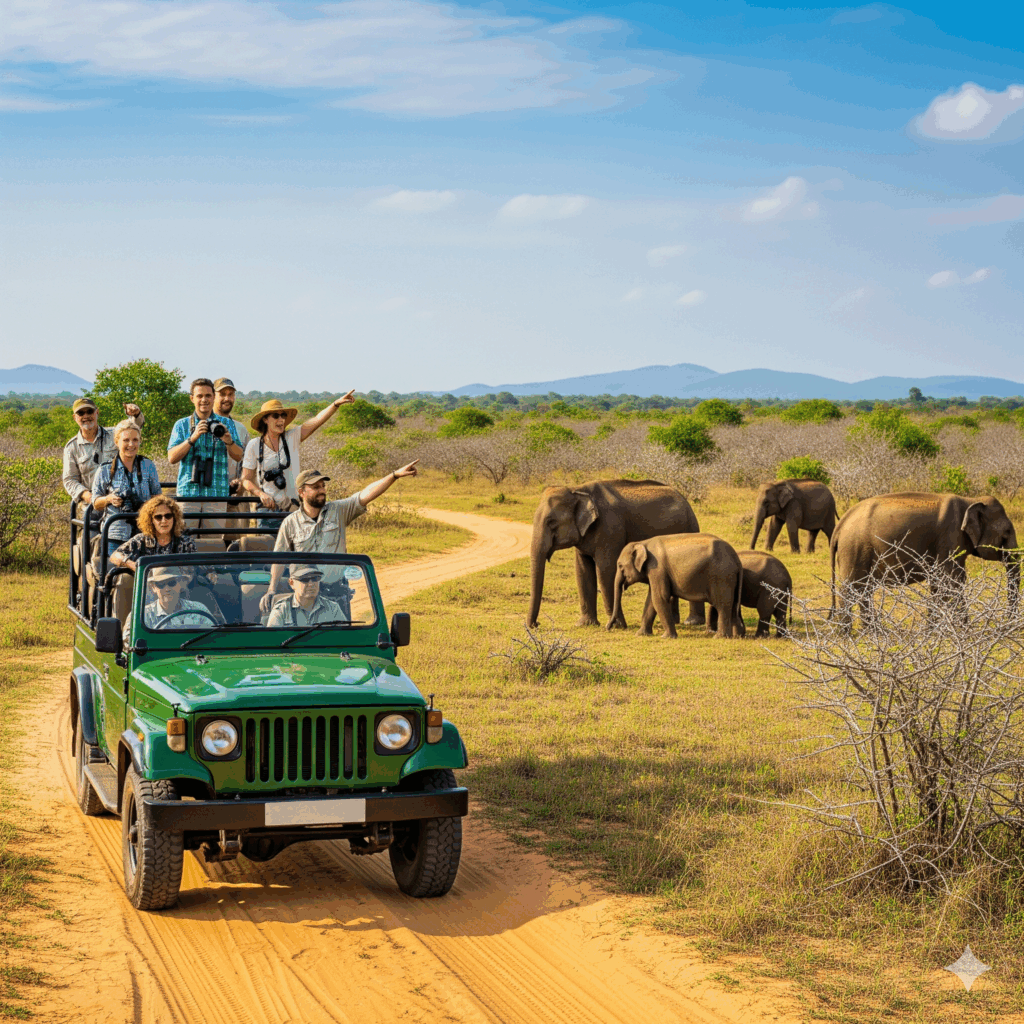
- Sunrise entry + deep-zone routing where traffic is lighter.
- Extended stakeouts for elusive species; birding along lagoons.
- Midday picnic at a designated rest area.
- Afternoon predator watch as temperatures fall; sunset finale.
What’s Included & Not Included
Included
- Private 4×4 jeep and professional driver
- Guiding services / naturalist commentary
- Bottled drinking water (all tours); light snacks on longer tours
- Hotel pickup/drop-off from common hubs (available on request)
Not Included
- National park entry fees (vary by nationality)
- Meals (unless specified)
- Gratuities
- Personal travel insurance
What to Pack
- Light, breathable clothing in neutral tones (avoid bright whites/neons)
- Wide-brim hat, sunscreen, lip balm, sunglasses
- Closed shoes or sturdy sandals
- Insect repellent
- Reusable water bottle; small daypack
- Binoculars (8×42 is a great all-rounder)
- Camera with telephoto lens (200–400mm range is versatile)
- Rain cover / light jacket in green season
Photography & Birdwatching Tips
- Light: Golden hours deliver the best color and contrast. Backlit dust can create magic—expose carefully.
- Shutter speed: Keep it high for moving subjects; stabilize with beanbags against jeep rails.
- Ethics: No baiting, no playback, no flash on nocturnal species; maintain distance at all times.
- Birding: Track lagoons for waders at receding waterlines; listen for alarm calls to locate predators.
Getting There & Where to Stay
Gate Access & Nearby Towns
Most safaris launch from areas around Tissamaharama and Kataragama. Travel times from the south-coast beach towns are manageable, but sunrise entries are best achieved by staying closer to the park the night before.
Accommodation Styles
- Safari lodges: Comfortable rooms, on-site naturalists, and early breakfasts for dawn starts.
- Tented camps: Immersive stays with campfire dinners and guided nature walks.
- Guesthouses & boutique villas: Budget-friendly and family-run options.
Need help choosing a base? We’ll match you to the right lodge or camp based on your budget, group size, and photo goals.
Park Fees, Rules & Etiquette
Respect Wildlife & Fellow Visitors
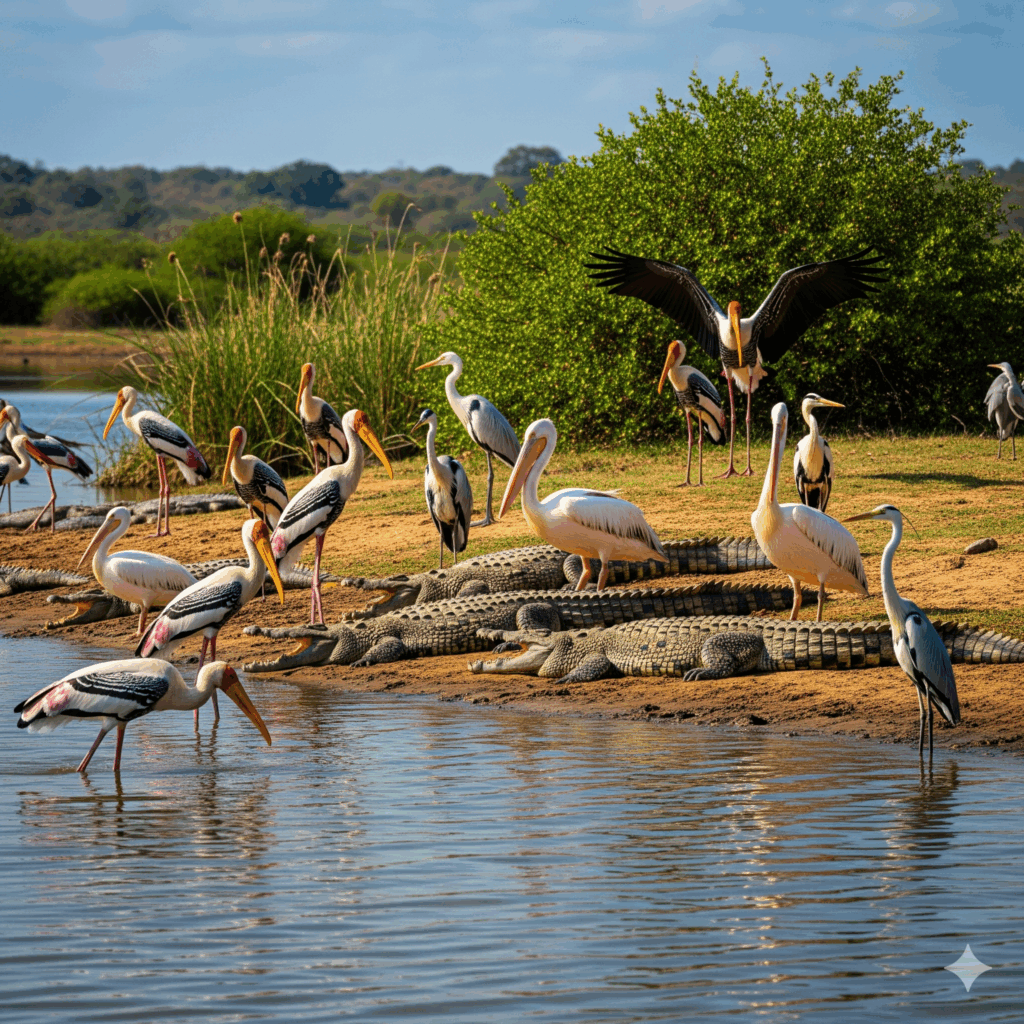
- Keep voices low; let animals behave naturally.
- No littering; pack out everything you bring in.
- Stay inside the vehicle unless at designated areas.
- No drones without explicit permits.
- No feeding or harassing animals.
- Follow guide instructions and speed limits on tracks.
Safety, Comfort & Accessibility
- All vehicles are maintained regularly; drivers are trained in wildlife etiquette and basic first aid.
- Children are welcome; car seats on request (subject to availability).
- We can advise on accessibility needs—please share requirements when booking.
- Carry any personal medication; inform the team about allergies.
How to Book Your Yala Safari
- Choose your tour: 3-Hour ($50), Half-Day ($60), or Full-Day ($85).
- Pick a date and preferred time (sunrise or afternoon). Peak months fill early.
- Tell us your pickup point and group size.
- Receive instant confirmation and pre-departure briefing.
Book now: +94 76 365 5550 (Call/WhatsApp)
Frequently Asked Questions (FAQs)
What is the best time of year for a Yala safari?
The dry stretch from roughly February to July concentrates wildlife at water sources, making sightings more predictable. The green season (October–December) is superb for birding and dramatic skies with fewer vehicles.
Is a 3-hour safari enough?
Yes for highlights, especially if you’re tight on time. For more diversity and better odds on elusive species, consider a half-day or full-day.
How much does a Yala safari cost?
Our rates are simple: $50 (3-Hour), $60 (Half-Day), and $85 (Full-Day) per person. Park entry fees are additional and vary by nationality.
Can children join?
Absolutely. Yala safaris are family-friendly. Let us know children’s ages so we can recommend the best timeslot and seat configuration.
What’s included in the price?
Private jeep, professional driver/guide, bottled water, and light snacks on longer tours. Hotel pickups and meals can be arranged.
Will I definitely see leopards?
No wild sighting is guaranteed, but Yala is one of the best places in Asia to observe leopards. Time of day, patience, and route choice matter.
Should I choose morning or afternoon?
Both are productive. Mornings provide cooler temps and active predators. Afternoons bring warm tones and wildlife heading to water. Photographers often book both.
What should I wear?
Neutral, breathable clothing; hat and sunscreen; closed shoes. Bring a light jacket in green season and insect repellent year-round.
Are drones allowed?
Not without written permits—best to leave drones out of your safari plan to avoid fines and disturbance to wildlife.
How far in advance should I book?
During peak months, 2–4 weeks ahead is smart for preferred times. Short-notice bookings are possible if jeeps are available.
Can you arrange hotel pickups?
Yes—share your hotel and we’ll confirm timing and any additional logistics.
Do you offer private vehicles?
Yes. Private safaris are ideal for photographers and families seeking flexibility.
Is tipping expected?
Tips are appreciated for excellent service but never mandatory. Typical ranges are discretionary.
What if it rains?
Safaris operate in light rain (often excellent for sightings). We may adjust routes for track conditions; safety and animal welfare come first.
What’s your cancellation policy?
We offer fair, traveler-friendly terms. Share your dates and we’ll confirm specifics with your booking.
Ready to Book Your Yala Safari?
Don’t miss Sri Lanka’s most iconic wildlife experience. Lock in your preferred date and guide now.
- 📞 Call/WhatsApp: +94 76 365 5550
- 🕓 Hours: Daily, 06:00–20:00 (local time)
- 💬 Fast confirmations & flexible rescheduling
Yala National Park Safari – Explore the Wild. Capture the Moment. Travel Responsibly.
